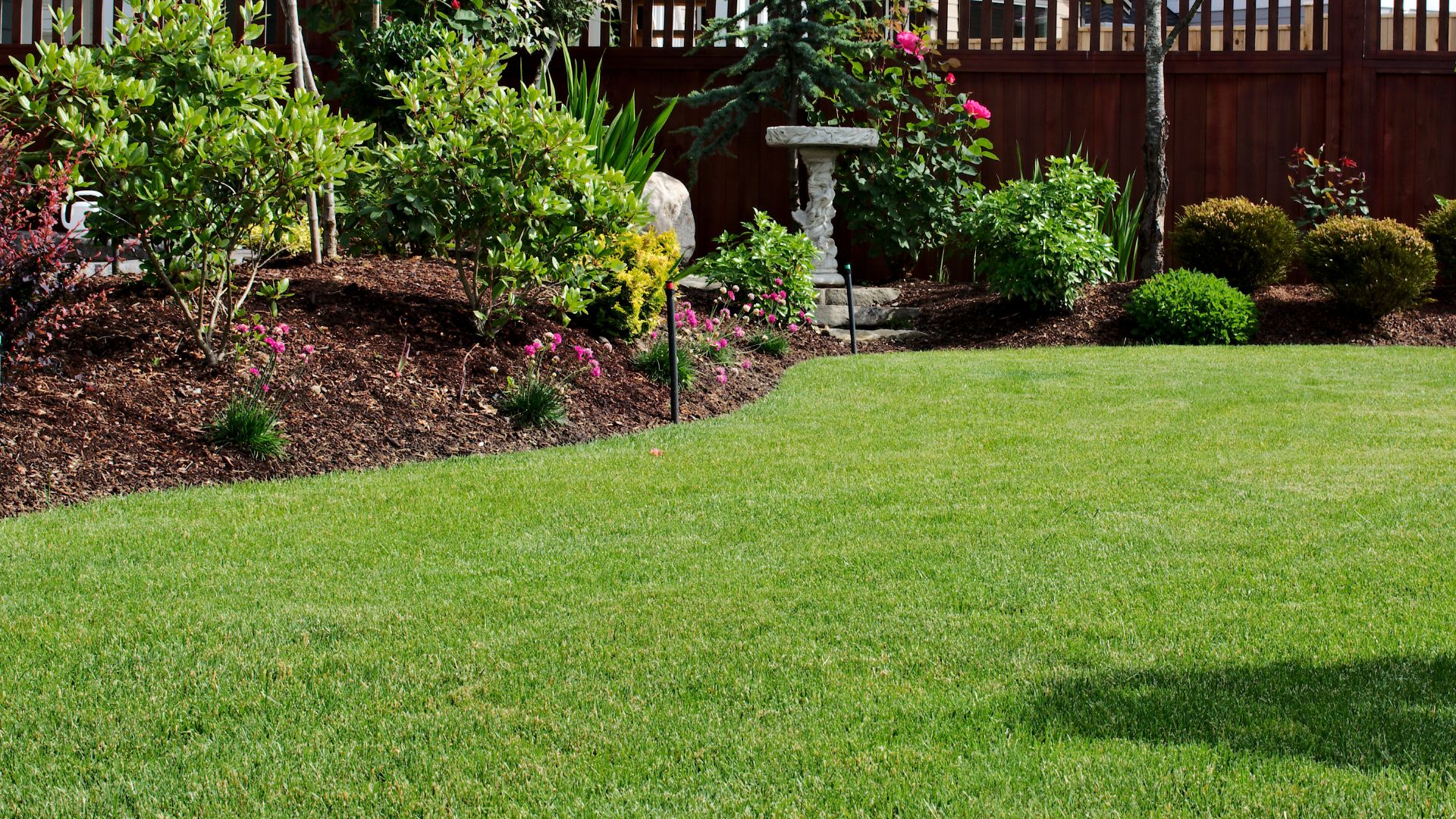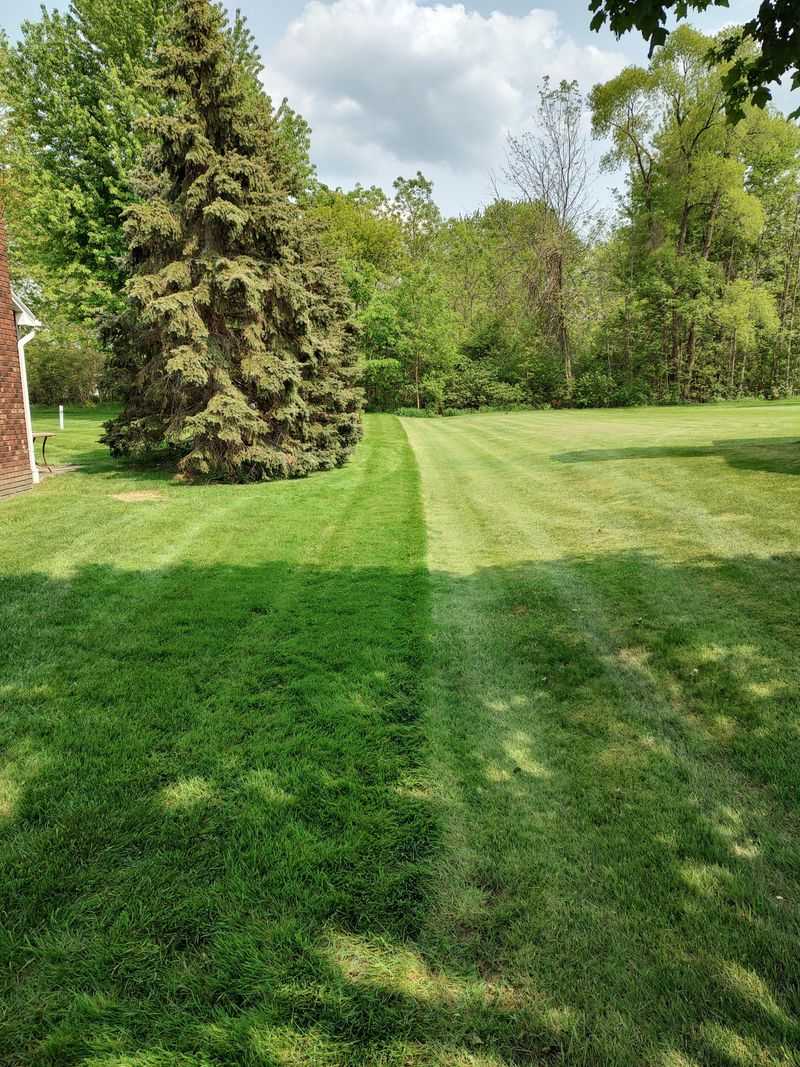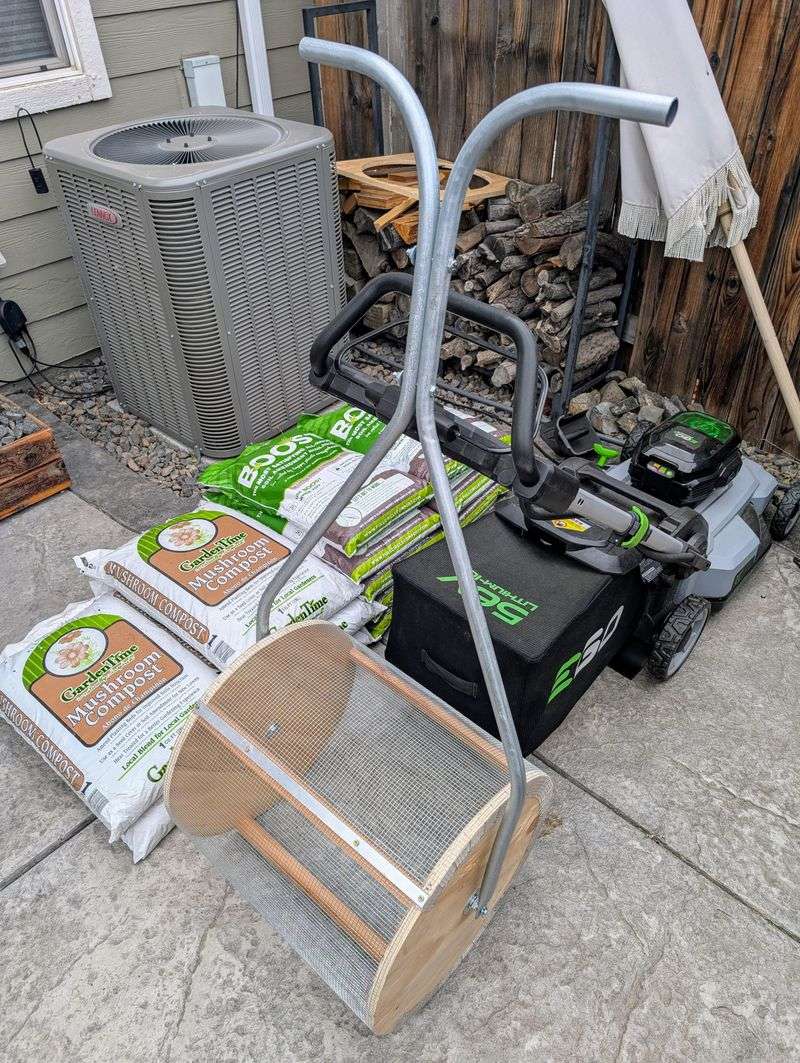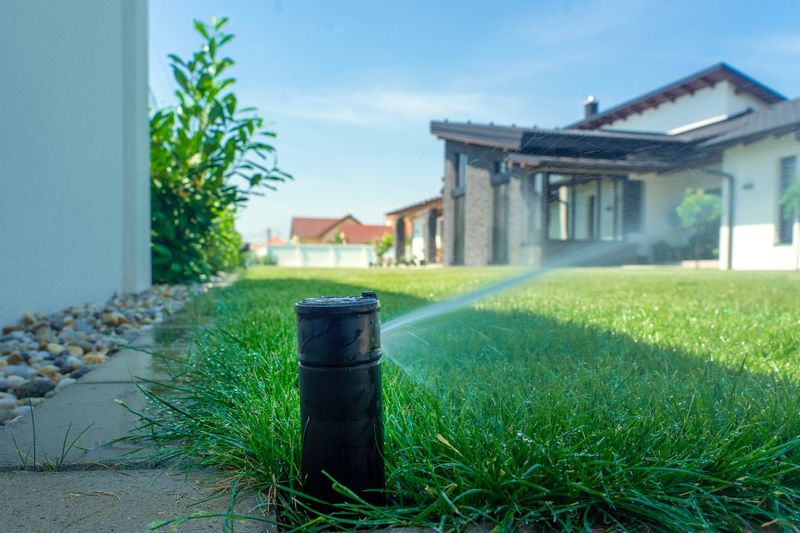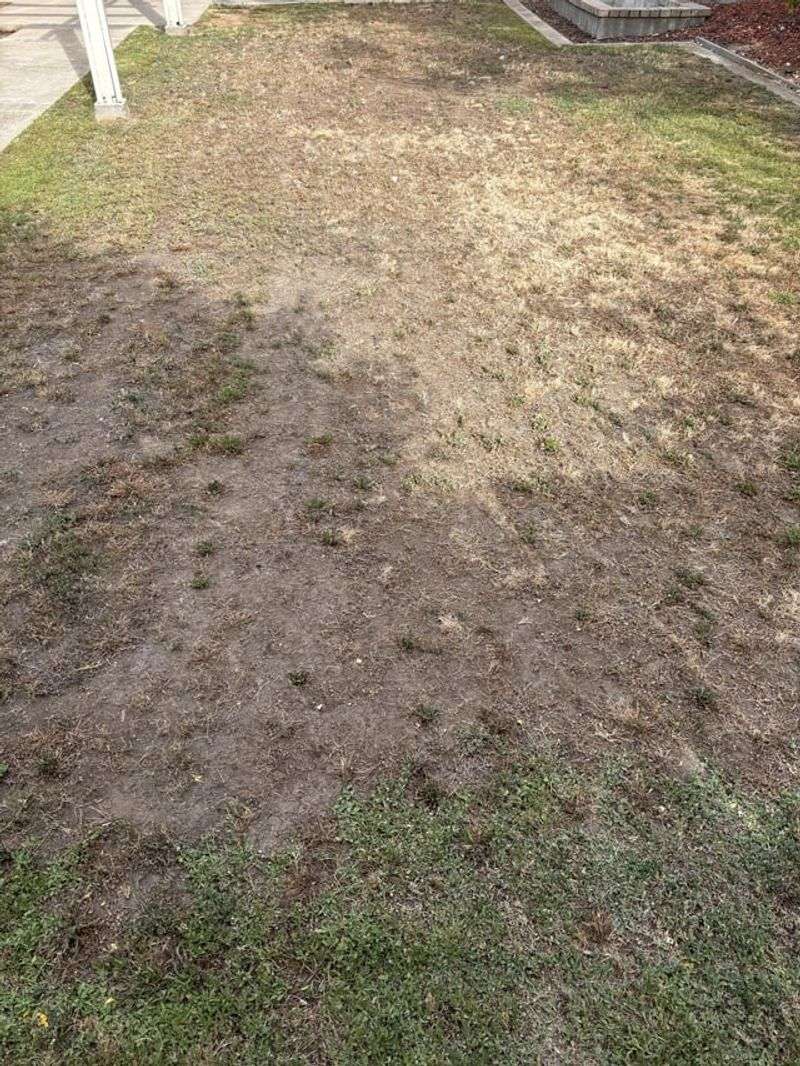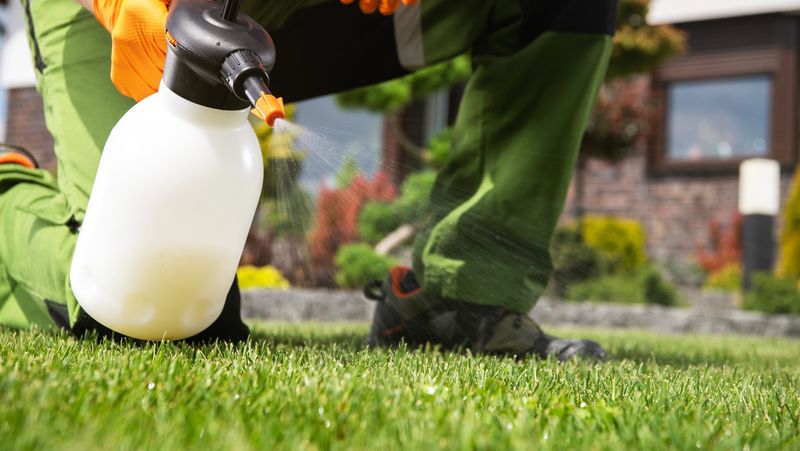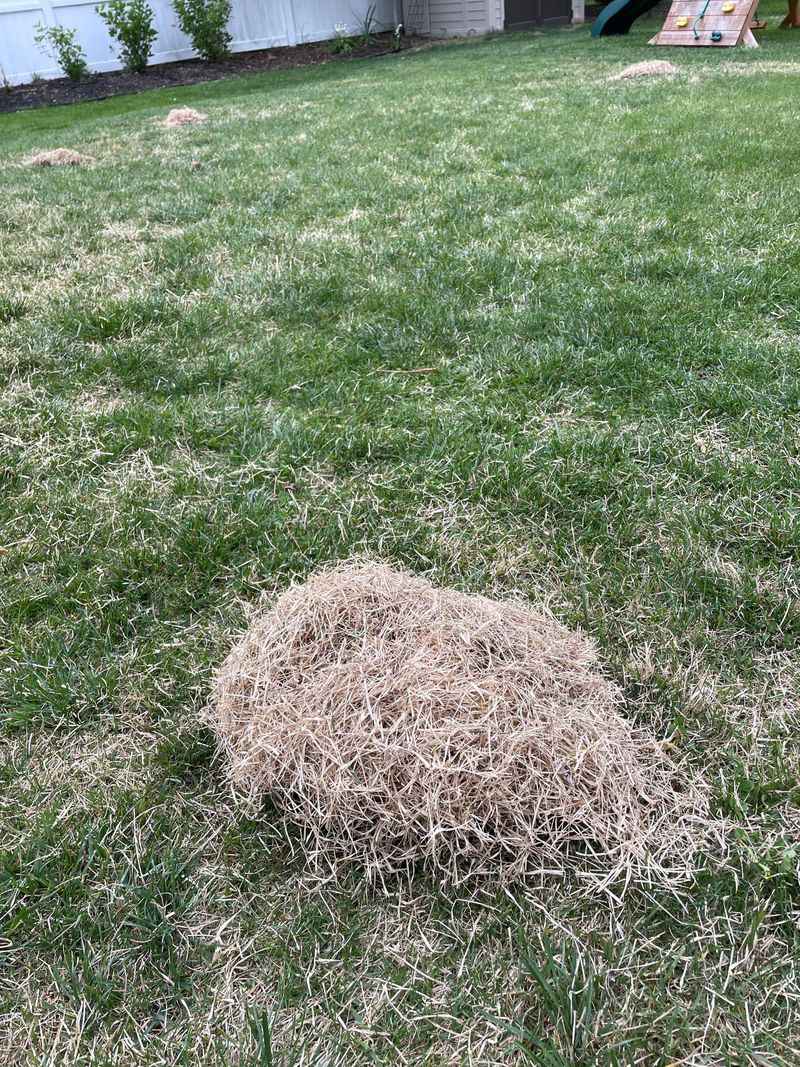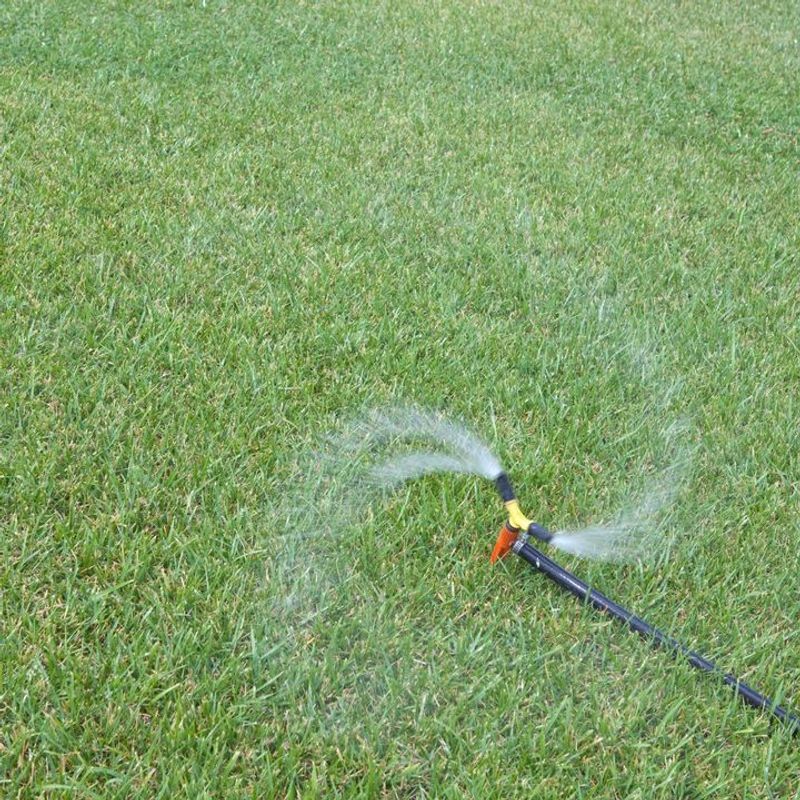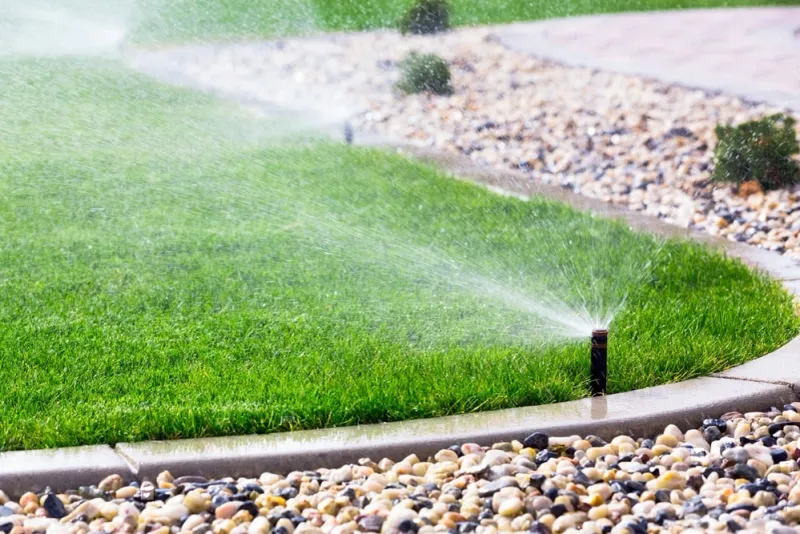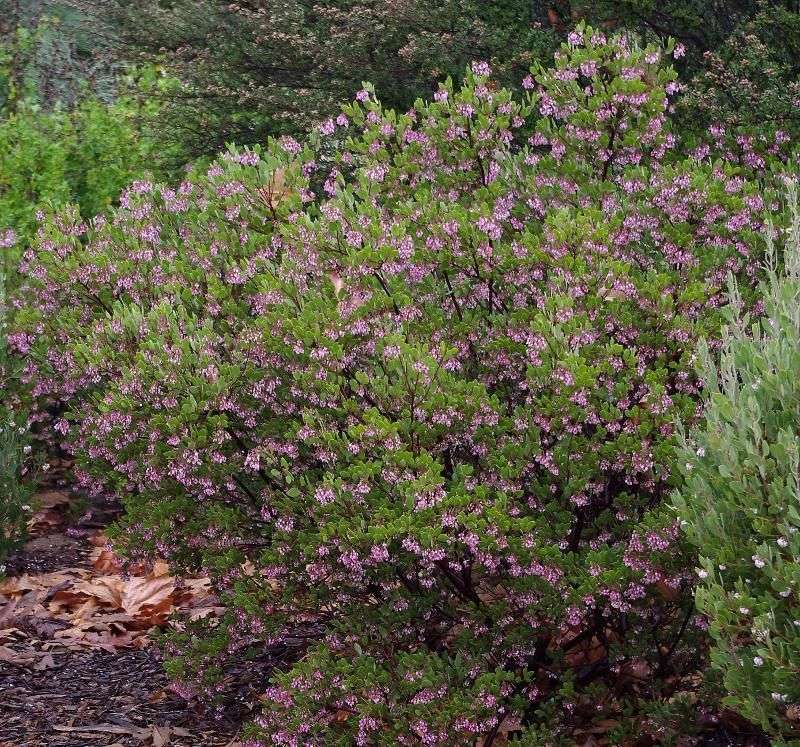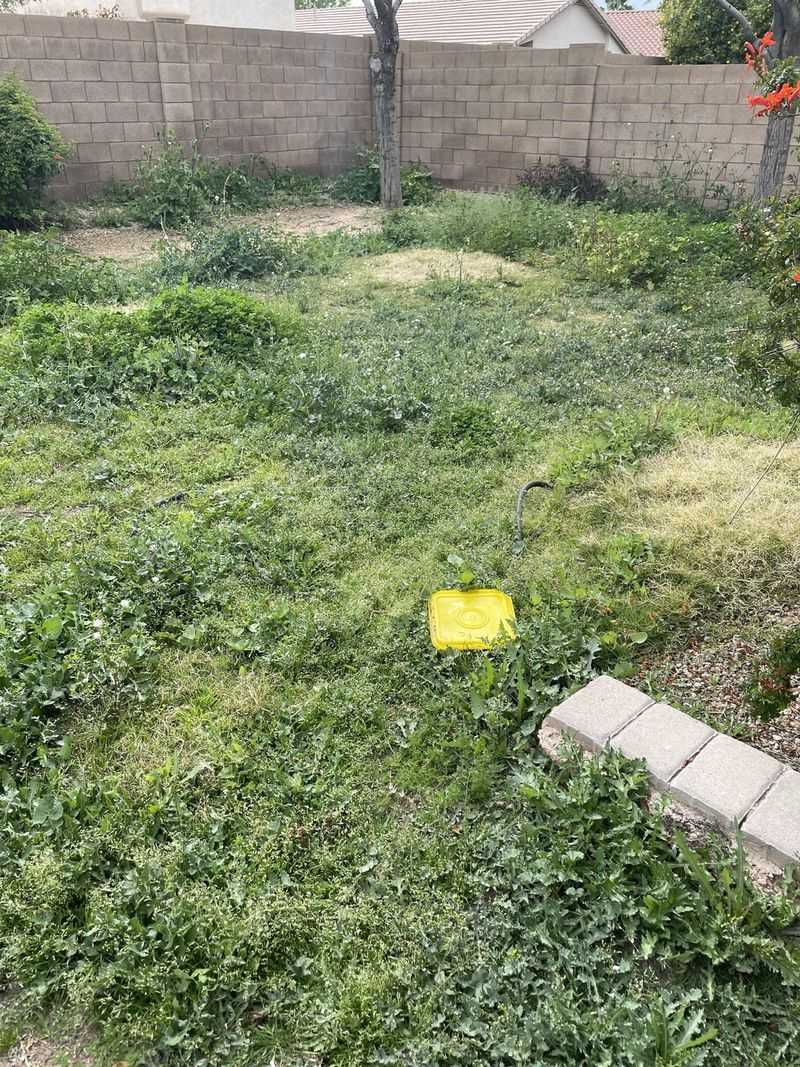In Northern California, summer heatwaves can scorch lawns in record time. When temps soar past 90°F, grass loses moisture fast and starts to show stress—brown patches, wilting blades, and thirsty soil are all signs your yard’s hurting.
Protecting your lawn isn’t just about keeping it green—it’s about saving water and preserving your outdoor space during frequent droughts. Smart watering, shade strategies, and drought-tolerant grass varieties can make all the difference.
With a few adjustments, your lawn can handle the heat and bounce back stronger. A little care now helps it survive the season—and stay healthy for the months ahead.
1. Water Deeply At Dawn
Early morning watering gives grass the moisture it needs before the day heats up. Between 4-7 AM works best in Northern California, as winds are typically calm and evaporation rates are low.
The soil has time to absorb water before the sun intensifies. This timing helps develop deeper root systems that can better withstand afternoon heat.
I’ve found that my Sacramento lawn needs about 1-1.5 inches of water weekly during summer, but delivered in fewer, deeper sessions rather than frequent light sprinklings.
2. Raise Your Mower Blade
Taller grass provides natural shade for soil, reducing evaporation and keeping roots cooler. For Northern California lawns, adjusting your mower to leave grass 3-4 inches tall during summer creates crucial protection.
Higher grass blades develop deeper roots that can access moisture further in the soil profile. This simple adjustment requires no additional water or products.
When I raised my mower blade during last July’s heatwave, my Sonoma County lawn stayed green while my neighbor’s shorter-cut grass quickly turned brown and patchy.
3. Apply Organic Mulch
Spreading a thin layer of compost or fine mulch helps insulate soil from extreme heat. Just ¼ inch over your Northern California lawn creates a protective barrier without smothering the grass.
Organic matter improves soil structure and water retention capabilities. The decomposing material feeds beneficial microorganisms that keep soil healthy during stress periods.
My Berkeley lawn stayed noticeably cooler after topdressing with compost last summer. The temperature difference was actually measurable – about 5-7 degrees cooler at the soil level compared to unmulched areas.
4. Install Smart Irrigation Controls
Weather-based controllers automatically adjust watering schedules based on local conditions. These systems can reduce water usage by 15-30% while keeping Northern California lawns healthier during heat waves.
Smart controllers connect to local weather stations or use sensors to detect rainfall, temperature, and humidity. They’ll skip watering after rain or increase duration during extreme heat.
After installing a smart controller at my Napa home, I watched my water bill drop while my lawn stayed greener through August than in previous years.
5. Create Strategic Shade
Temporary shade cloth suspended on stakes can protect vulnerable lawn areas during intense afternoon heat. Look for agricultural shade cloth that blocks 30-40% of sunlight – enough to reduce temperature without killing grass.
Focus on protecting south and west-facing sections that receive the harshest afternoon sun. Even a few hours of relief during peak heat (2-5 PM) makes a significant difference.
My Walnut Creek lawn has a section that always burned by July until I installed shade sails. Now that spot stays green alongside the naturally shaded areas.
6. Aerate Compacted Soil
Punching small holes throughout your lawn allows oxygen, water, and nutrients to penetrate deeper. Northern California’s clay-heavy soils particularly benefit from aeration before summer heat arrives.
Compacted soil prevents proper root growth and traps heat near the surface. Core aeration removes small plugs, creating channels for water to reach roots and heat to escape.
The difference in my Folsom lawn after spring aeration was remarkable – water stopped pooling on the surface and the grass maintained its color weeks longer into the hot season.
7. Apply Wetting Agents
Specialized soil surfactants help water penetrate deeper into soil that has become hydrophobic (water-repellent). This common problem in Northern California’s dry climate prevents proper moisture absorption even when watering.
These products break the surface tension of water molecules, allowing moisture to spread more evenly through soil. They’re particularly effective for lawns on slopes where water tends to run off.
When my Roseville lawn developed dry patches despite regular watering, a wetting agent application solved the problem within two weeks, eliminating the need for extra irrigation.
8. Convert To Warm-Season Grass
Bermuda, zoysia and buffalo grasses naturally thrive in hot conditions unlike cool-season varieties common in Northern California. These warm-season options require up to 20% less water during summer months.
Their deep root systems and specialized leaf structures help them photosynthesize efficiently even in intense heat. They go dormant during winter but provide exceptional summer performance.
My partial lawn conversion in Santa Rosa has been a game-changer – the bermuda sections stay green with half the water my fescue needs during July and August heat spells.
9. Use Soaker Hoses Instead Of Sprinklers
Soaker hoses deliver water directly to the soil surface, minimizing evaporation loss. In Northern California’s dry summer air, up to 30% of sprinkler water can evaporate before reaching roots.
These porous hoses can be snaked through lawn areas and covered with a light mulch layer. They’re particularly effective for problem areas that tend to dry out first during heat waves.
The narrow strip of lawn along my Chico driveway always struggled until I installed a soaker hose there. Now it stays as green as the rest of the yard while using significantly less water.
10. Reduce Foot Traffic During Heat
Walking on grass during extreme heat causes additional stress to already struggling plants. Northern California’s baked lawns become brittle and vulnerable to damage when temperatures exceed 90°F.
Redirecting summer activities to patios or shaded areas gives your lawn breathing room. If you must cross the lawn, varying your path prevents creating worn trails that heat up faster.
We stopped playing yard games on our Davis lawn during afternoon heat last summer. The difference was noticeable within weeks – no more compressed brown patches where we regularly stood.
11. Add Heat-Reflective Ground Cover
Strategic placement of light-colored mulch or decorative stone around lawn edges creates a buffer zone that reflects rather than absorbs heat. This technique works particularly well in Northern California’s Mediterranean climate.
Limestone gravel or light-toned wood chips can lower adjacent soil temperatures by several degrees. These materials create transitions between hot hardscapes and vulnerable grass.
After adding a 2-foot band of light gravel between my Redding patio and lawn, the grass edge that always burned now stays as healthy as the center of the yard.
12. Apply Kelp-Based Fertilizers
Seaweed extracts contain natural compounds that help plants cope with environmental stress. These organic treatments boost your Northern California lawn’s resilience without the burn risk chemical fertilizers pose during heat.
The cytokinins and auxins in kelp products improve cell strength and water regulation within grass plants. They’re safe to apply even during hot weather, unlike many conventional fertilizers.
My Vacaville lawn maintained better color throughout last summer after monthly kelp spray applications. The grass recovered faster after heat waves compared to previous years when I used only conventional fertilizers.
13. Install Drip Irrigation For Borders
Lawn edges adjacent to hot hardscapes like driveways and sidewalks often burn first. Installing drip lines specifically for these vulnerable Northern California lawn borders provides targeted moisture where it’s needed most.
These systems deliver water directly to the soil with minimal waste. They can be programmed separately from main lawn irrigation to provide extra support during heat waves.
The strip between my Fairfield sidewalk and street transformed from perpetually brown to consistently green after adding a dedicated drip line, despite being the most exposed part of my lawn.
14. Plant Thermal-Buffer Shrubs
Strategic placement of drought-tolerant shrubs creates microclimate zones that protect lawn edges from radiating heat. Native California plants like manzanita and ceanothus are perfect for this purpose.
These plants cast dappled shade while their root systems don’t aggressively compete with grass. Their presence can lower ground temperatures by 5-10 degrees in their immediate vicinity.
My Auburn lawn stayed notably greener near the native shrub border I planted three years ago. The difference is most dramatic during our 100°F+ days when the open areas struggle but the buffered edges remain resilient.
15. Use Lawn Paint For Dormant Patches
Environmentally-friendly lawn colorants can temporarily restore the appearance of heat-stressed areas. These products, different from harmful chemicals, are essentially concentrated green pigments that adhere to grass blades.
They reduce surface temperature by providing color without the reflective bleaching of dormant grass. Many Northern California landscapers use these during drought restrictions when reduced watering is mandatory.
During last summer’s water restrictions in Pleasanton, I applied lawn paint to my dormant front yard. Besides looking surprisingly natural, the surface temperature measured 7-10 degrees cooler than the untreated back lawn.

